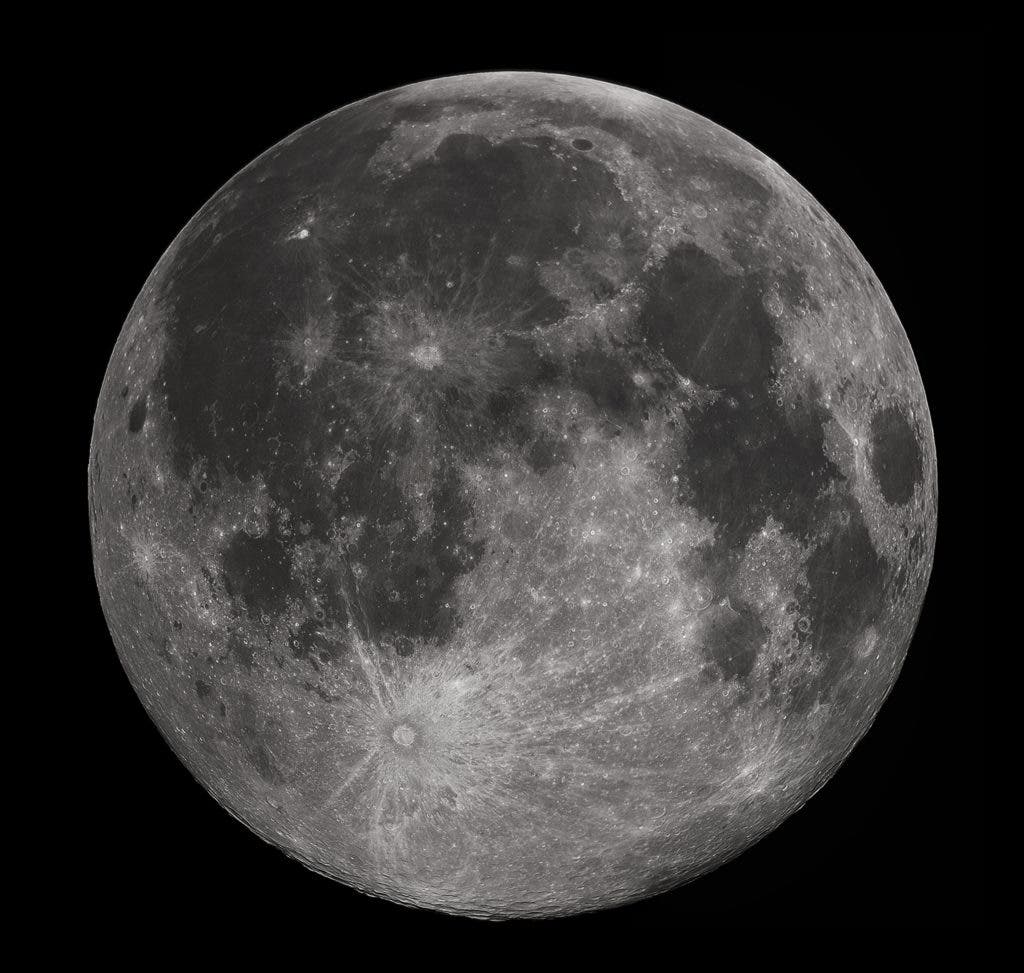In an unprecedented announcement for the country, Japan announced that they want to put a man on the Moon by 2030.

It’s the first time Japan’s space agency (JAXA) has expressed an intention to send a person beyond the International Space Station. The plan was announced at an education ministry panel this week. There are no official blueprints or details about how they will go about doing this. According to the public broadcaster NHK, this will be announced next year.
However, unlike the US, who did all this by itself during the initial Space Race, Japan wants to first join a NASA-led mission in 2025 to build a space station in the moon’s orbit, and then send an astronaut to the Moon from there. Not to take anything from them, but given the expected construction of the Moon space station, the technological challenges would be greatly reduced.
Still, one can only be happy about what seems to be a new space race in Asia. JAXA also announced they want to land a rover on the Moon by 2018, a mission that is expected to cost around $100 million. Two years ago, JAXA also sent an orbiter to Venus, sending fresh images of the planet. This man-on-the-moon announcement comes right after China and India have both announced ambitious plans. In November, China’s Shenzhou-11 spacecraft returned to Earth, bringing home two astronauts from the country’s longest space mission. China has also revealed illustrations of the new Mars Rover they want to send to the Red Planet by 2020.
Meanwhile, India recently became the first country to successfully send a shuttle to Mars’ orbit (and did so extremely cheaply) and launched a record-breaking 104-satellite rocket. It’s exciting to see Asian countries getting more involved in the space race, but the US also isn’t sitting by idle. Instead, NASA has its eyes on new heights: a manned mission to Mars in 2033.






